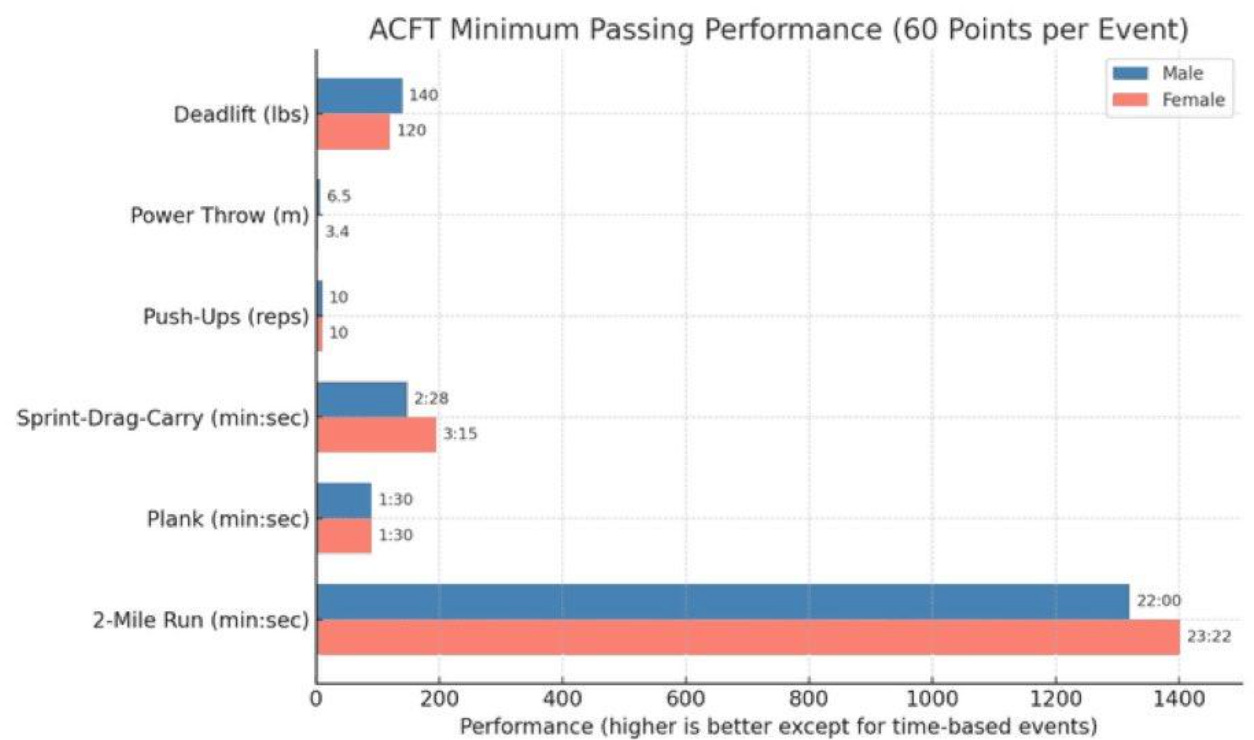By: Russ Walker
@RWalkerFW
On March 31, 2025, Defense Secretary Pete Hegseth issued a memorandum directing the U.S. military to implement gender-neutral physical fitness standards for all combat roles. The memo mandates that fitness requirements for combat arms positions—such as infantry, armor, field artillery, aviation, and special operations—be based solely on the operational demands of the occupation, ensuring that all service members, regardless of gender, meet the same rigorous standards necessary for combat readiness.1
Here’s what the directive requires military branches to do:
Identify and distinguish combat arms occupations from non-combat roles.2
Develop comprehensive, gender-neutral fitness standards aligned with the specific physical demands of each combat role.3
Submit proposed standards within 60 days and implement the changes within six months.4
This approach seems like common sense. Until the Obama and Biden administrations began enforcing DEI standards and gender integration, it wasn’t an issue.
On the same day, The Military Times published a claim that men and women are already required to meet the same physical fitness standards.5
“Women already must pass gender-neutral physical fitness requirements for combat posts, but Hegseth contends the standards for women are lower.” – The Military Times
Of course, that is a blatant lie, easily disproven by simply checking the Army’s website, which I have footnoted and screenshotted below. In reality, on every metric, standards are lower for women. Below are the minimum and maximum standards for the Army’s physical fitness test, the ACFT.6
The Importance of Physical Fitness Standards
Physical fitness standards directly impact military readiness by ensuring that service members can meet the physical demands of combat and operational tasks. A well-conditioned force is better equipped to handle the challenges of carrying heavy gear, enduring long missions, and responding effectively in high-stress environments. Standardized fitness requirements help prevent injuries, improve endurance, and enhance overall unit performance, all of which are critical for mission success. When troops meet rigorous physical standards, they are more capable of executing their duties efficiently, reducing the risk of mission failure due to fatigue or injury.
Moreover, consistent and demanding fitness standards increase lethality and promote unit cohesion and discipline—essential traits for military effectiveness. This is a common-sense and time-tested approach. When all service members are held to the same physical benchmarks, it fosters trust and reliability among teams, ensuring that every individual can contribute equally in combat situations. Conversely, lowering or inconsistently applying fitness requirements weakens force effectiveness by creating gaps in capability, which puts lives at risk. Maintaining high, role-specific fitness standards guarantees that military personnel remain prepared for the physical and mental demands of warfare, ultimately strengthening national security.
Other Physical Requirements That Limit Military Service
Expect plenty of yelling and outrage from leftist activists and Democratic lawmakers about "discrimination." After all, they have spent the 16 years insisting that there are no physical differences between men and women—while simultaneously lowering standards to allow more women to pass.
Beyond fitness standards, here are other physical requirements that can limit military service:
Medical Conditions & Disabilities – Chronic illnesses, prior injuries, and physical disabilities can disqualify individuals.
Height & Weight Standards – Those outside the approved range may face disqualification or require waivers (though these standards have been relaxed in recent years).
Age Restrictions – Declining physical performance limits enlistment and retention opportunities.
Vision & Hearing Requirements – Poor eyesight, color blindness, or hearing loss can restrict eligibility for certain roles.
Injury & Recovery – Serious or recurring injuries can lead to medical discharge if physical standards are not met.
There is nothing new about requiring job specific physical standards. In fact, what’s new is the denial, by Democrats, of time-tested common-sense approaches to improving force lethality.
I applaud Secretary Hegseth for doing exactly what is needed to increase lethality and restore the warrior ethos in our fighting forces. Physical standards should always be equal to the task. Next, I would like to see Secretary Hegseth address the promotion process for officers. More to come on that in the future.
Russ Walker is a Senior Strategist at September Group LLC; the views expressed in this op-ed are his own and do not reflect those of Breaking Battlegrounds' staff.








I have litigated these types of issues in the past- before the woke era- and I 100% agree. Compromised standards lead to compromised outcomes. Who wants to work in such a high risk job if you cannot count on your coworkers/soldiers etc... in the trenches? The best of the best will no longer be attracted to the service.
Great article and much needed to argue against DEI. If women are just as qualified as men to serve in combat, then why are their physical requirements less than men? Doesn't that automatically toss out their whole argument? If I'm wounded, who would I want to rescue me, an able-bodied man, or a weaker and slower woman? None of our current issues would even BE issues, if not for the radicalized marxist activists that have infiltrated our democrat party and used their power to tear down our country. Thank you for writing this! 🇺🇸💟✌